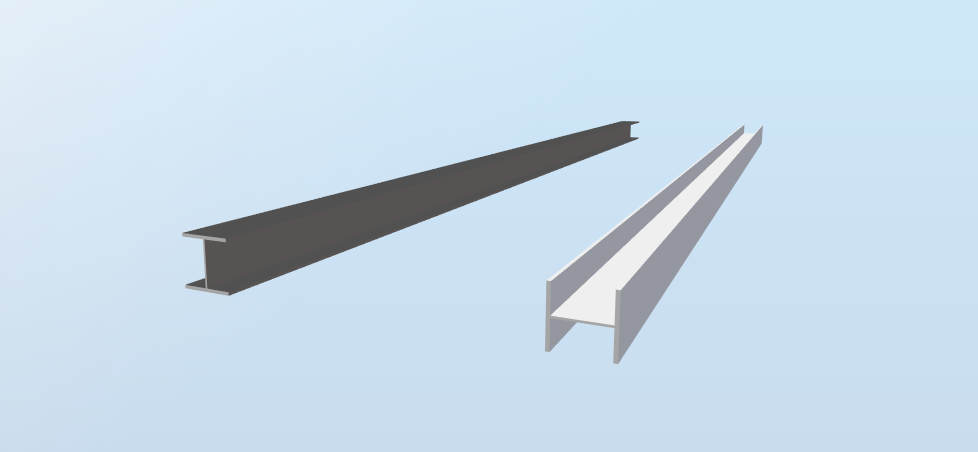Published models
This section offers several models that can be downloaded and directly opened with the latest version of Ashes.
Please note that these models are mainly intended for illustrative purposes. Even though we put a lot of effort and care into producing them, you always need to verify and/or modify them to make sure they are suitable for your particular project before using them.
1 DTU 10-MW isolated blade
The DTU 10-MW blade constrained at the root, as a cantilever beam.

The model can be downloaded on this link: simis.io/downloads/open/Published_models/DTU_10-MW_isolated_blade.ash
2 DTU 10-MW onshore
The full DTU 10-MW reference wind turbine including the tower and the control system (using the basic DTU controller). No reference monopile is given in the specification document, therefore an onshore model is provided.
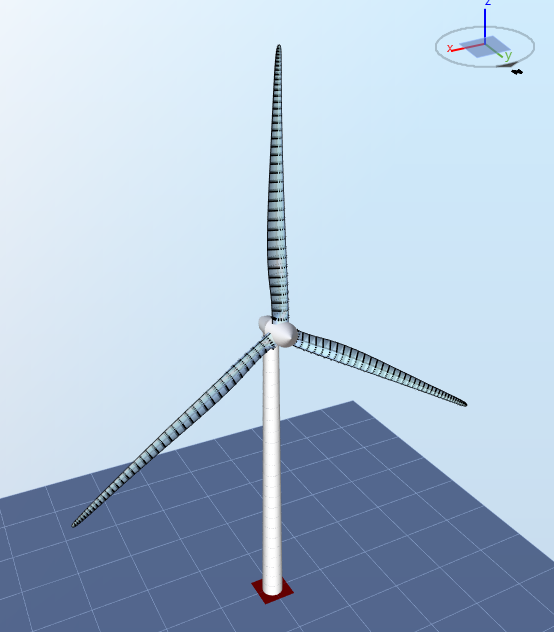
The model can be downloaded on this link: simis.io/downloads/open/Published_models/DTU_10-MW_onshore.ash
3 IEA 15-MW isolated blade
The IEA 15-MW blade constrained at the root, as a cantilever beam.

The model can be downloaded on this link: simis.io/downloads/open/Published_models/IEA_15-MW_isolated_blade.ash
4 IEA 15-MW
The full IEA 15-MW reference wind turbine including the tower, the monopile and the control system (using the ROSCO controller).
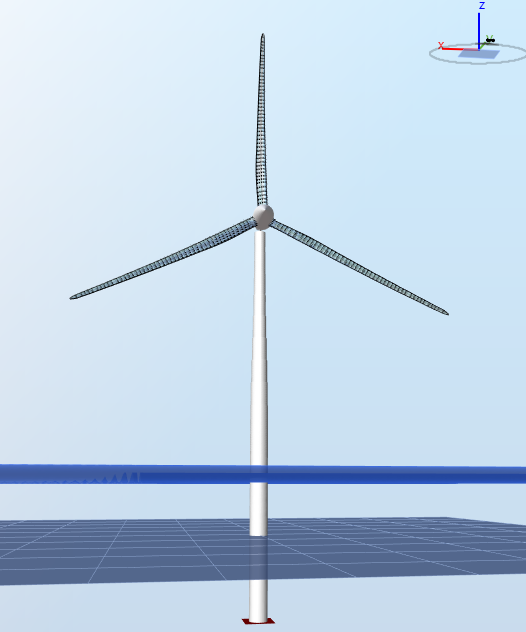
The model can be downloaded on this link: simis.io/downloads/open/Published_models/IEA_15-MW.ash
5 Multirotor
A four-rotor wind turbine. This model is inspired by the Vestas multirotor concept, but is not meant to be an accurate representation of it.
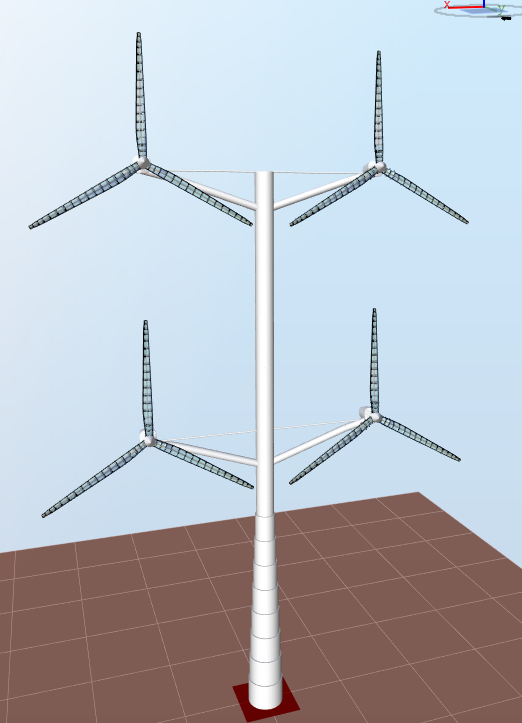
The model can be downloaded on this link: simis.io/downloads/open/Published_models/Multirotor.ash
6 NREL 5-MW isolated blade
The NREL 5-MW blade constrained at the root, as a cantilever beam.

The model can be downloaded on this link: simis.io/downloads/open/Published_models/NREL_5-MW_isolated_blade.ash
7 OC3 Phase II models
The NREL 5-MW offshore reference wind turbine modelled with different soil-structure interaction models. These models are used in the OC3 Phase II tests
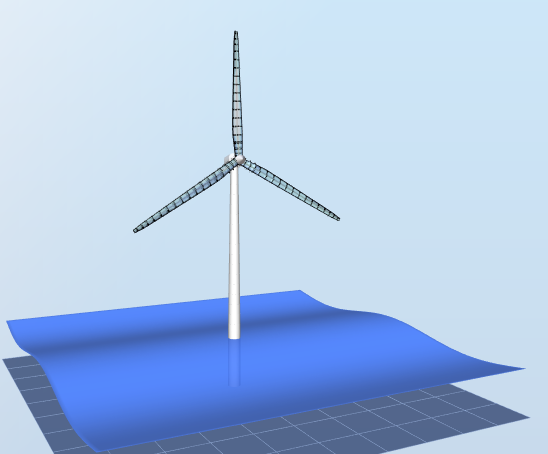
7.1 OC3 Phase II apparent fixity
The model can be downloaded on this link: simis.io/downloads/open/Published_models/OC3_Phase_II_apparent_fixity.ash
7.2 OC3 Phase II coupled springs
The model can be downloaded on this link: simis.io/downloads/open/Published_models/OC3_Phase_II_coupled_springs.ash
7.3 OC3 Phase II distributed springs
The model can be downloaded on this link: simis.io/downloads/open/Published_models/OC3_Phase_II_distributed_springs.ash
8 OC3 Phase IV
The NREL 5-MW reference wind turbine mounted on the OC3 spar buoy. This model is also available in the Ashes starting window.
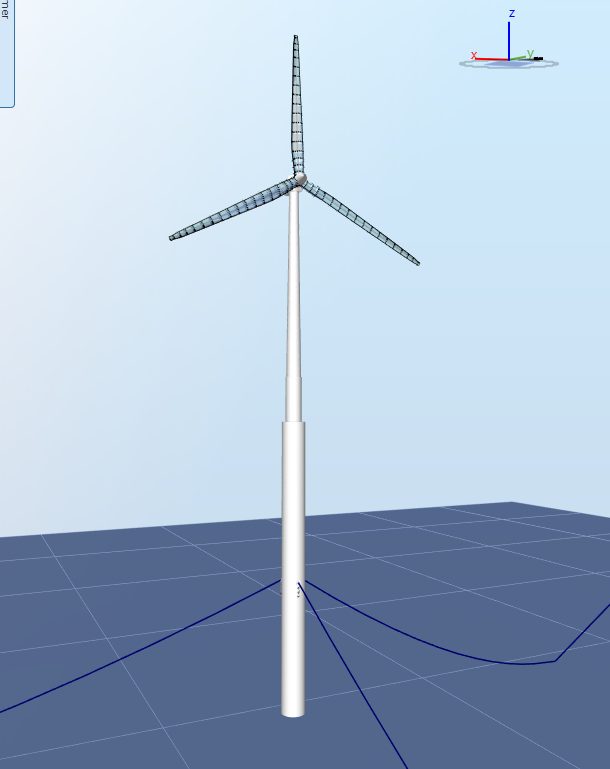
The model can be downloaded on this link: simis.io/downloads/open/Published_models/OC3_Phase_IV_spar_buoy.ash
9 OC4 Phase I
The NREL 5-MW offshore reference wind turbine mounted on the OC4 jacket. This model is used in the OC4 Phase I test.
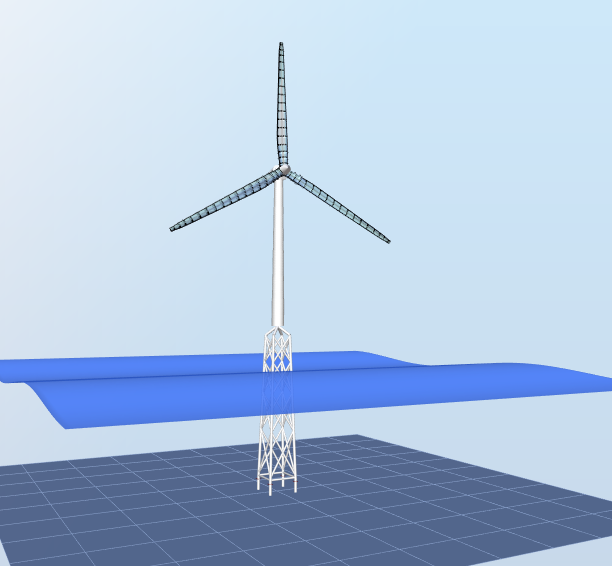
The model can be downloaded on this link: simis.io/downloads/open/Published_models/OC4_Phase_I.ash
10 OC4 Phase II
The NREL 5-MW reference wind turbine mounted on the OC4 semi-submersible. This model is also available in the Ashes starting window.
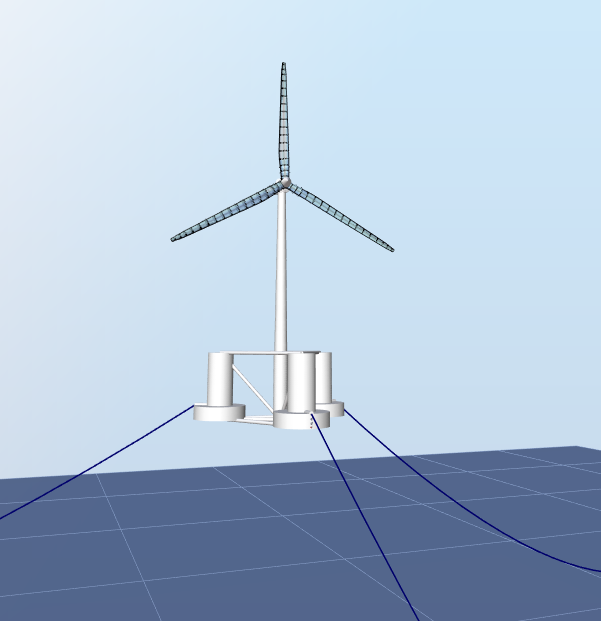
The model can be downloaded on this link: simis.io/downloads/open/Published_models/OC4_Phase_II_semisub.ash
11 Gyroscope
A gyroscope in no gravity with no aerodynamic loads. This model is used to simulate gyroscopic precession and was used in this video: https://www.youtube.com/watch?v=pRwrMESDJK4
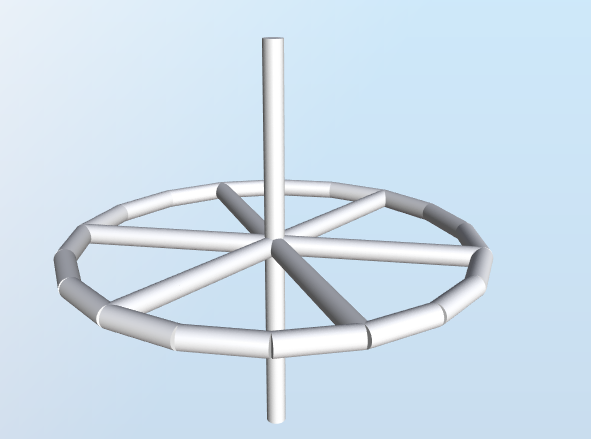
In order to get the gyroscope to spin, we recommend applying a prescribed moment on node 21 in the z-direction of a magnitude of 40 000 Nm, and to disable the load after 3 seconds. This is illustrated in the figure below:

The external loads file on this link will push the gyroscope in space: simis.io/downloads/open/Published_models/Gyro_loads.txt
12 Multirotor 2
A 9-rotor wind turbine, inspired by the HAW-Hamburg multirotor
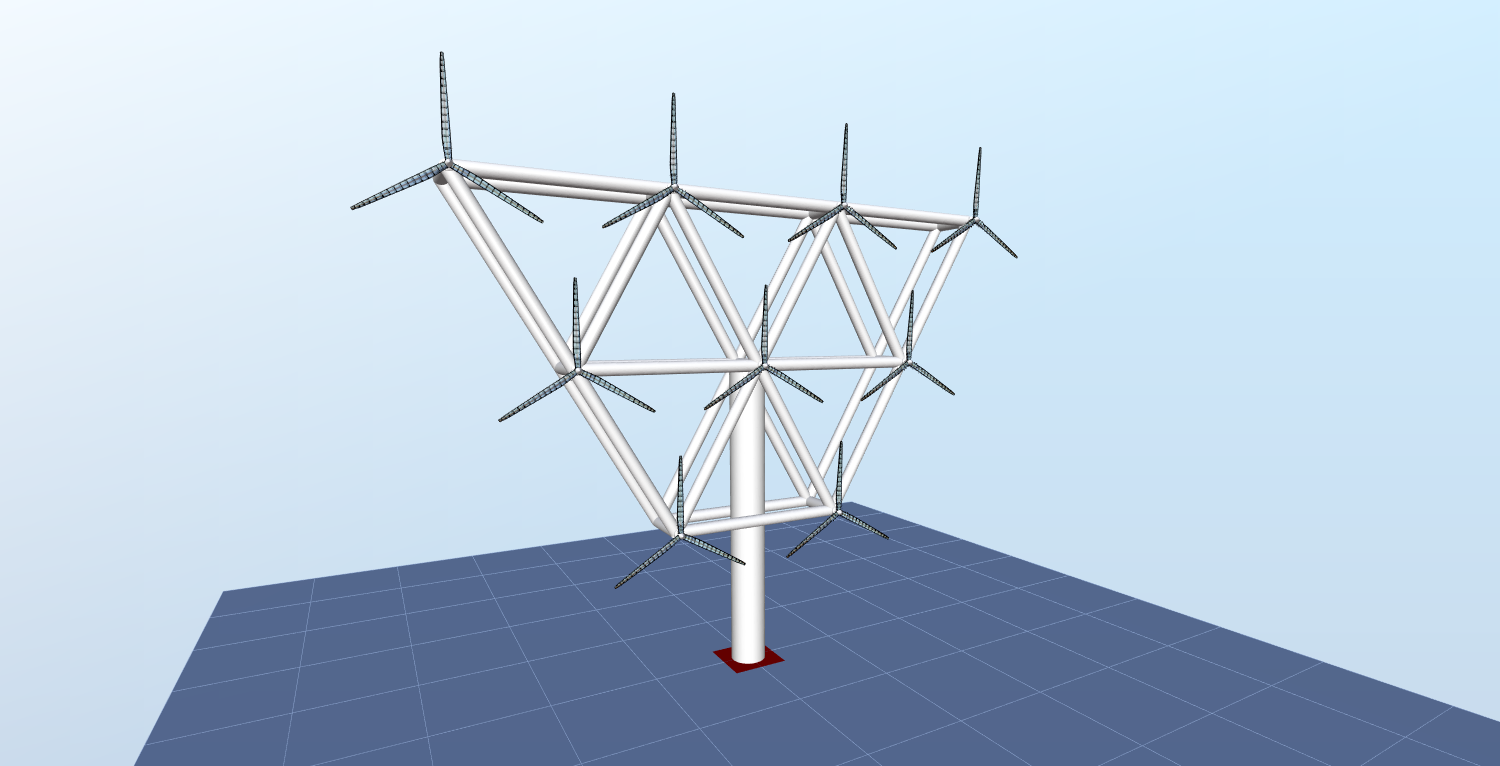
The model can be downloaded on this link: simis.io/downloads/open/Published_models/MRS.ash
13 Tensegrity support structure
The NREL 5-MW reference wind turbine mounted on a tensegrity support structure
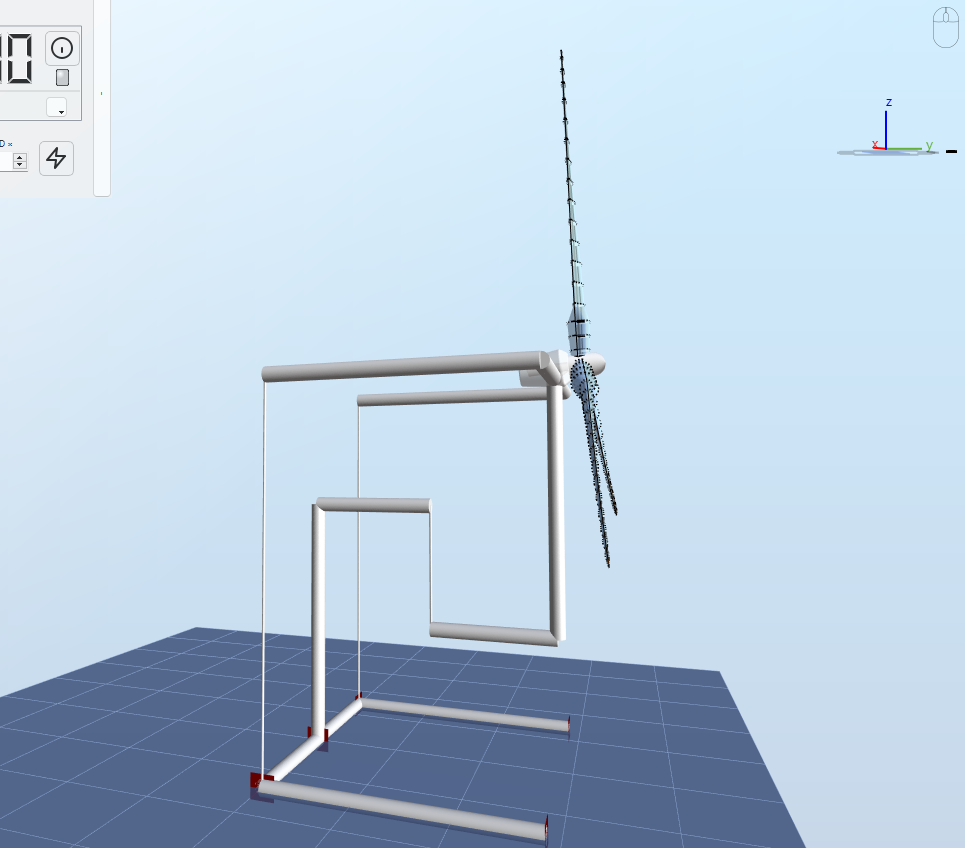
14 I beams
Two I beams, with their cross sections turned 90 degrees with respect to each other.
This model was used in this video:
